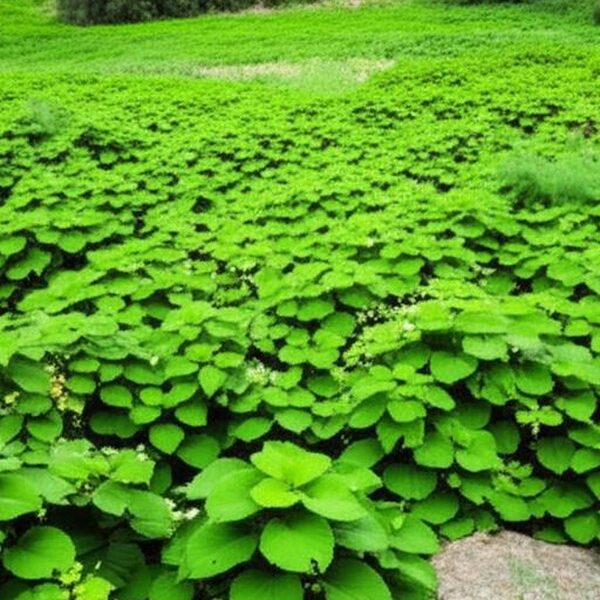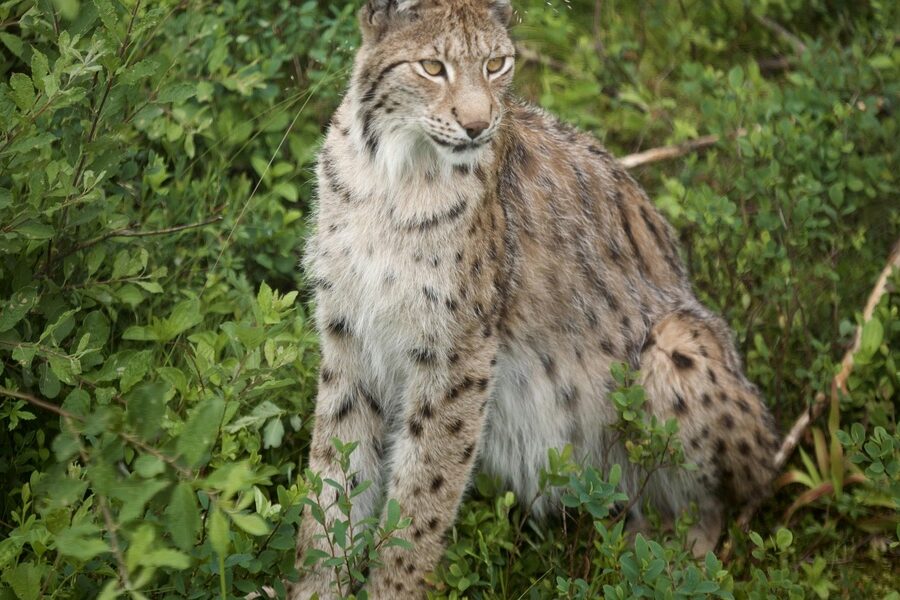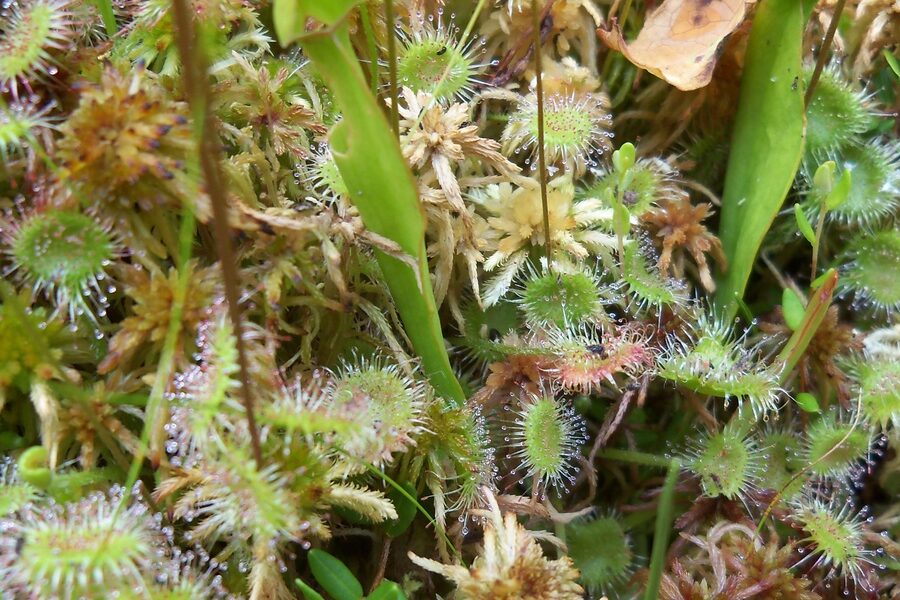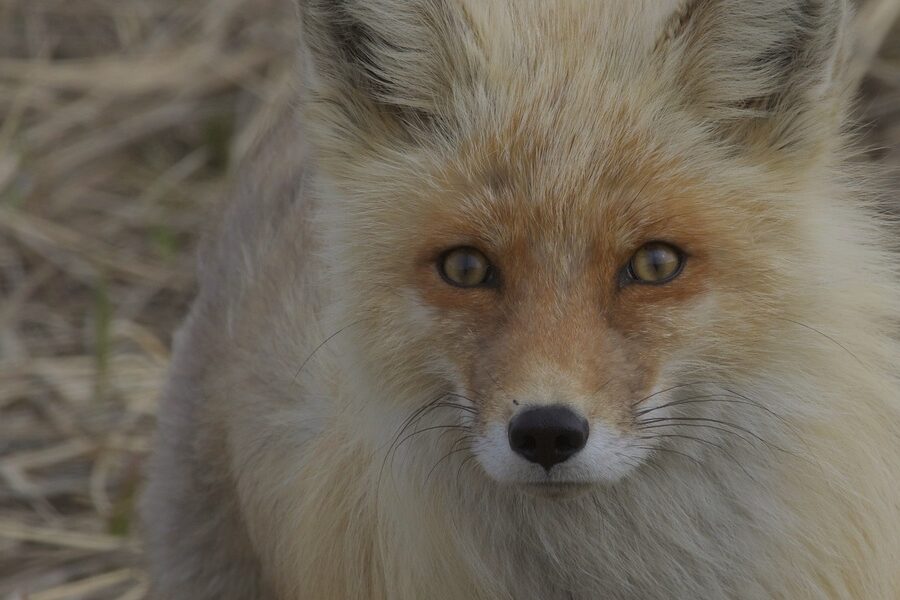Pakistan’s varied landscapes, from the soaring peaks of the Himalayas to the expansive Indus River plains and coastal mangroves, create a mosaic of habitats supporting an astonishing array of wildlife. This ecological diversity means the country is a crucial home for many species, both common and rare, adapted to its unique environments.
In this comprehensive guide, we’ve compiled a list of 85 Animals of Pakistan, showcasing the remarkable biodiversity found across the nation. This includes everything from the resilient Afghan Tortoise to the swift Yellow-throated Marten. For each fascinating creature, you’ll find essential details such as its Scientific Name, typical Habitat, and crucial Conservation Status, all organized for easy reference below.
What types of animals can be found in Pakistan?
Pakistan is home to a broad spectrum of animal life, reflecting its diverse geography. You can find large mammals like the elusive snow leopard in the northern mountains and the endangered Indus River dolphin in its freshwater systems. Deserts host various reptiles and small mammals, while its wetlands and forests are rich in bird species, insects, and other creatures.
Are many animals in Pakistan endangered?
Unfortunately, several species in Pakistan face significant threats, leading to their endangered status. Factors such as habitat loss due to development, pollution, climate change, and poaching have impacted populations of animals like the national animal, the Markhor, the Indus River dolphin, and certain migratory birds. Conservation efforts are ongoing to protect these vulnerable species and their habitats.
Animals of Pakistan
| Common Name | Scientific Name | Habitat | Conservation Status |
|---|---|---|---|
| Snow Leopard | Panthera uncia | High-altitude mountains of the Himalayas, Karakoram, and Hindu Kush | Vulnerable |
| Markhor | Capra falconeri | Steep, rocky terrain in mountain forests between 600 and 3,600 meters | Near Threatened |
| Indus River Dolphin | Platanista gangetica minor | Lower reaches of the Indus River system | Endangered |
| Himalayan Brown Bear | Ursus arctos isabellinus | High-altitude alpine meadows and subalpine forests of the Himalayas and Karakoram | Critically Endangered |
| Asiatic Black Bear | Ursus thibetanus | Moist deciduous forests and mountainous regions of the Himalayas | Vulnerable |
| Indian Pangolin | Manis crassicaudata | Arid, scrubland, and grassland areas | Endangered |
| Persian Leopard | Panthera pardus tulliana | Rugged mountains and remote, dry forests in Balochistan and Sindh | Endangered |
| Urial | Ovis vignei | Foothills and lower elevation mountains with grassy slopes | Vulnerable |
| Himalayan Ibex | Capra sibirica hemalayanus | High-altitude rocky terrain and alpine meadows in the Karakoram and Himalayas | Near Threatened |
| Chukar Partridge | Alectoris chukar | Rocky, arid hillsides and scrublands across the country | Least Concern |
| Mugger Crocodile | Crocodylus palustris | Freshwater rivers, lakes, and marshes in Sindh and Balochistan | Vulnerable |
| Gharial | Gavialis gangeticus | Large, clear, fast-flowing rivers of the Indus system | Critically Endangered |
| Indian Wolf | Canis lupus pallipes | Arid plains, scrublands, and semi-deserts | Least Concern |
| Striped Hyena | Hyaena hyaena | Arid and semi-arid scrublands, and open woodlands | Near Threatened |
| Golden Jackal | Canis aureus | Grasslands, scrublands, and agricultural areas | Least Concern |
| Caracal | Caracal caracal | Arid plains, scrublands, and dry, rocky hills | Least Concern |
| Pallas’s Cat | Otocolobus manul | Cold, arid, rocky steppes in Balochistan’s highlands | Near Threatened |
| Fishing Cat | Prionailurus viverrinus | Wetlands, marshes, and mangrove forests along the Indus delta | Vulnerable |
| Leopard Cat | Prionailurus bengalensis | Forests, scrublands, and agricultural areas in the Himalayan foothills | Least Concern |
| Rhesus Macaque | Macaca mulatta | Forests, scrublands, and human-dominated areas in northern Pakistan | Least Concern |
| Himalayan Monal | Lophophorus impejanus | High-altitude sub-alpine and alpine forests and meadows | Least Concern |
| Western Tragopan | Tragopan melanocephalus | Temperate and subalpine forests in the western Himalayas | Vulnerable |
| Kashmir Flycatcher | Ficedula subrubra | Breeds in temperate mixed deciduous forests in the western Himalayas | Vulnerable |
| Cheer Pheasant | Catreus wallichii | High-altitude grasslands and scrub on steep, rocky hillsides | Vulnerable |
| Bearded Vulture | Gypaetus barbatus | High, rugged mountains of the Karakoram and Himalayas | Near Threatened |
| White-rumped Vulture | Gyps bengalensis | Plains and open country near human habitation | Critically Endangered |
| Golden Eagle | Aquila chrysaetos | Mountainous regions, open country, and cliffs | Least Concern |
| Houbara Bustard | Chlamydotis undulata | Arid and semi-arid desert and steppe regions | Vulnerable |
| Demoiselle Crane | Anthropoides virgo | Winters in grasslands and agricultural fields near wetlands | Least Concern |
| Indian Peafowl | Pavo cristatus | Foothills, grasslands, and agricultural areas | Least Concern |
| Indian Cobra | Naja naja | Plains, forests, agricultural fields, and urban areas | Not Evaluated by IUCN |
| Russell’s Viper | Daboia russelii | Grasslands, scrub jungles, and agricultural plains | Least Concern |
| Saw-scaled Viper | Echis carinatus | Sandy, rocky, and arid regions of Sindh, Punjab, and Balochistan | Least Concern |
| Indian Rock Python | Python molurus | Woodlands, rocky foothills, and river valleys | Near Threatened |
| Bengal Monitor | Varanus bengalensis | Forests, riverbanks, and agricultural lands across the country | Least Concern |
| Leopard Gecko | Eublepharis macularius | Dry, rocky grasslands and deserts of Pakistan and Afghanistan | Least Concern |
| Indian Spiny-tailed Lizard | Saara hardwickii | Arid and semi-arid desert regions of the Thar Desert | Near Threatened |
| Green Sea Turtle | Chelonia mydas | Nesting on sandy beaches of the Sindh and Balochistan coast | Endangered |
| Indian Star Tortoise | Geochelonia elegans | Scrub forests and semi-arid grasslands in Sindh | Vulnerable |
| Marco Polo Sheep | Ovis ammon polii | High-altitude plateaus and mountains of the Pamirs, above 3,500 meters | Near Threatened |
| Blue Sheep | Pseudois nayaur | High-altitude alpine meadows and rocky slopes in the Himalayas and Karakoram | Least Concern |
| Chinkara | Gazella bennettii | Arid plains, scrublands, and deserts of central and southern Pakistan | Least Concern |
| Blackbuck | Antilope cervicapra | Grassy plains and open woodlands, now mainly in protected areas | Least Concern |
| Hog Deer | Axis porcinus | Tall, dense grasslands and riverine forests, especially along the Indus | Endangered |
| Indian Crested Porcupine | Hystrix indica | Forests, rocky areas, and agricultural lands across the country | Least Concern |
| Cape Hare | Lepus capensis | Open grasslands, semi-deserts, and scrublands | Least Concern |
| Long-tailed Marmot | Marmota caudata | High-altitude alpine meadows and grasslands in the Himalayas and Karakoram | Least Concern |
| Woolly Flying Squirrel | Eupetaurus cinereus | High-altitude coniferous forests in remote Himalayan regions | Endangered |
| Musk Deer | Moschus chrysogaster | Alpine forests and scrub in the Himalayas | Endangered |
| Pallas’s Fish Eagle | Haliaeetus leucoryphus | Large rivers and lakes in the lowlands and foothills | Endangered |
| Steppe Eagle | Aquila nipalensis | Winters in open steppes, grasslands, and agricultural areas | Endangered |
| Indian Flying Fox | Pteropus medius | Forests and urban areas with large trees for roosting | Least Concern |
| Alexandrine Parakeet | Psittacula eupatria | Forests, woodlands, and agricultural areas, including urban parks | Near Threatened |
| Orange Bullfinch | Pyrrhula aurantiaca | Temperate and subalpine forests of the western Himalayas | Least Concern |
| Verditer Flycatcher | Eumyias thalassinus | Open temperate and subtropical forests | Least Concern |
| Kaiser-i-Hind | Teinopalpus imperialis | High-altitude Himalayan forests | Near Threatened |
| Sindh Ibex | Capra aegagrus blythi | Arid, rocky mountains of southern Balochistan and Sindh | Vulnerable |
| Arabian Sea Humpback Whale | Megaptera novaeangliae | Coastal waters of the Arabian Sea off the Balochistan coast | Endangered |
| Marsh Harrier | Circus aeruginosus | Reedbeds and wetlands throughout the country during winter | Least Concern |
| Black Kite | Milvus migrans | Ubiquitous in urban centers, open country, and wetlands | Least Concern |
| Common Kestrel | Falco tinnunculus | Open country, cliffs, and even urban buildings | Least Concern |
| Saker Falcon | Falco cherrug | Winters in open plains and semi-deserts | Endangered |
| Peregrine Falcon | Falco peregrinus | Cliffs, mountains, and increasingly, tall urban structures | Least Concern |
| Great Horned Owl | Bubo virginianus | Forests, deserts, and urban areas | Least Concern |
| Spotted Owlet | Athene brama | Open habitats, agricultural land, and near human settlements | Least Concern |
| Sand Cat | Felis margarita | Sandy and stony deserts of Balochistan | Near Threatened |
| Jungle Cat | Felis chaus | Wetlands, scrublands, and riverine forests | Least Concern |
| Smooth-coated Otter | Lutrogale perspicillata | Rivers, lakes, and mangrove swamps in the Indus basin | Vulnerable |
| Golden Mahseer | Tor putitora | Fast-flowing rivers and streams of the Himalayan foothills | Endangered |
| Siberian Crane | Leucogeranus leucogeranus | Formerly wintered in wetlands; now considered extirpated as a visitor | Critically Endangered |
| Indian Flying Squirrel | Petaurista philippensis | Tropical and subtropical forests | Least Concern |
| Marbled Polecat | Vormela peregusna | Arid steppes and semi-deserts of Balochistan | Vulnerable |
| Indus Valley Toad | Bufo stomaticus | Plains, river valleys, and agricultural lands | Least Concern |
| Skardu Frog | Nanorana vicina | High-altitude streams and springs in the Himalayas | Vulnerable |
| Sind Krait | Bungarus sindanus | Arid and semi-arid plains of Sindh | Least Concern |
| Afghan Tortoise | Testudo horsfieldii | Arid steppes and sandy areas in Balochistan | Vulnerable |
| Olive Ridley Sea Turtle | Lepidochelys olivacea | Nests on sandy beaches along the Makran coast | Vulnerable |
| Indus Baril | Barilius modestus | Freshwater rivers and streams of the Indus River system | Least Concern |
| Himalayan Vulture | Gyps himalayensis | High-altitude mountains and plateaus | Near Threatened |
| Eurasian Lynx | Lynx lynx | High-altitude forests and rocky areas in northern Pakistan | Least Concern |
| Dalmatian Pelican | Pelecanus crispus | Winters in large freshwater lakes and coastal lagoons | Near Threatened |
| White-bellied Sea Eagle | Haliaeetus leucogaster | Coastal areas, estuaries, and large inland rivers | Least Concern |
| Yellow-throated Marten | Martes flavigula | Himalayan forests | Least Concern |
| Rock Agama | Laudakia nupta | Arid, rocky outcrops and cliffs in southern Pakistan | Least Concern |
| Honey Badger | Mellivora capensis | Grasslands, forests, and arid regions | Least Concern |
Images and Descriptions
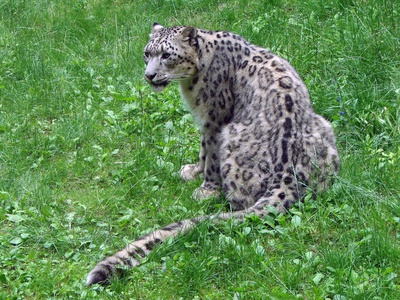
Snow Leopard
Known as the ‘Ghost of the Mountains,’ this elusive big cat has a smoky-gray coat with dark rosettes, perfectly camouflaged for hunting ibex and blue sheep in rugged, rocky terrain.
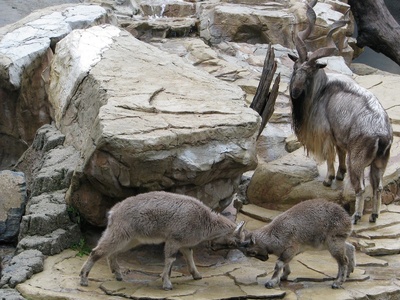
Markhor
Pakistan’s national animal, this large wild goat is famed for its magnificent, tightly spiraled horns. It’s an agile climber, browsing on vegetation on precipitous cliffs.
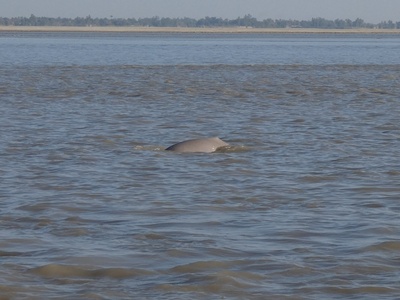
Indus River Dolphin
A functionally blind freshwater dolphin that navigates and hunts using echolocation. It is one of the world’s rarest cetaceans and is endemic to the Indus River in Pakistan.
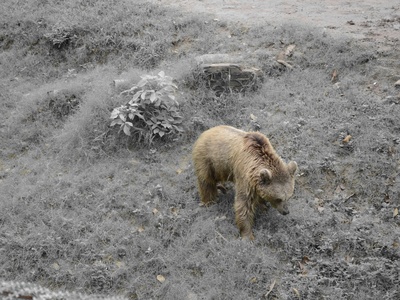
Himalayan Brown Bear
A large, reddish-brown subspecies of the brown bear, it is mostly herbivorous, feeding on roots and grasses, and hibernates in dens during winter. It is one of the rarest animals in the region.
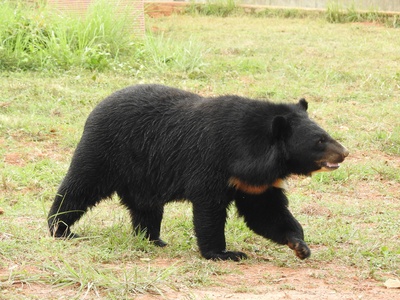
Asiatic Black Bear
Also known as the moon bear for the white, crescent-shaped patch on its chest. It is an omnivore and an adept climber, often foraging for fruits and nuts in trees.
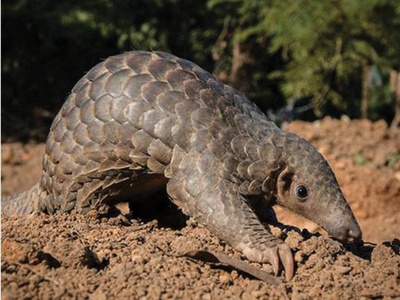
Indian Pangolin
A unique, nocturnal mammal covered in large, overlapping keratin scales. It feeds exclusively on ants and termites, using its long, sticky tongue to capture them from their nests.
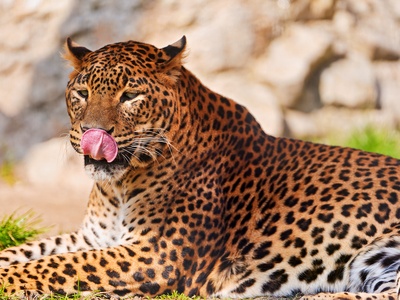
Persian Leopard
A powerful and adaptable big cat, this subspecies is extremely rare in Pakistan. It is a solitary hunter with a diet that includes wild goats, boar, and smaller mammals.
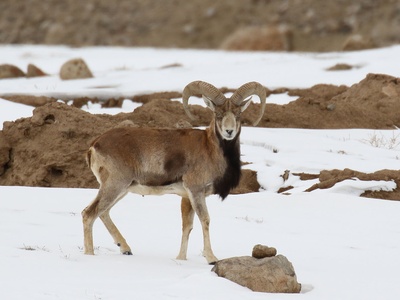
Urial
A species of wild sheep with large, curved horns that curl outwards. Males are reddish-tan with a distinctive black ruff on their necks, and they live in herds on open, grassy terrain.
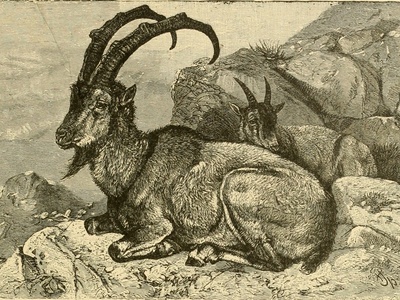
Himalayan Ibex
A wild goat species with impressive, long, scimitar-shaped horns. They are excellent climbers, often seen grazing on steep, treacherous slopes to avoid predators like the snow leopard.
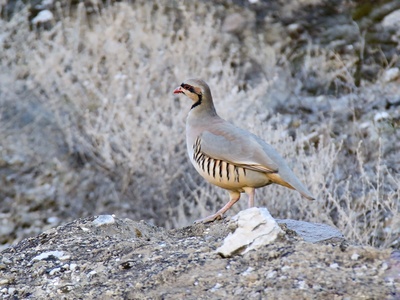
Chukar Partridge
The national bird of Pakistan, it is a rotund, ground-dwelling bird known for its distinctive ‘chuk-chuk’ call. It has a black gorget, a white throat, and bold stripes on its flanks.
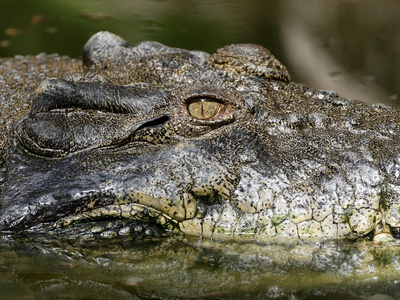
Mugger Crocodile
A medium-sized crocodile that is a skilled ambush predator, feeding on fish, reptiles, birds, and mammals. They are known for digging burrows to escape extreme temperatures.
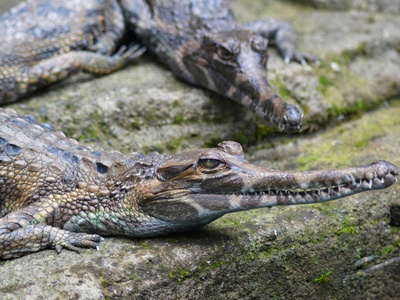
Gharial
A unique fish-eating crocodile distinguished by its very long, thin snout lined with sharp teeth. Once widespread, it is now on the brink of extinction due to habitat loss and pollution.
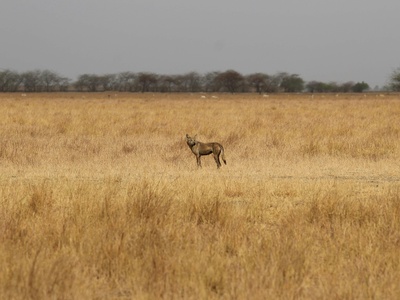
Indian Wolf
A subspecies of gray wolf adapted to warmer climates. They are smaller and have shorter fur than their northern relatives, hunting in small packs for antelopes, rodents, and hares.
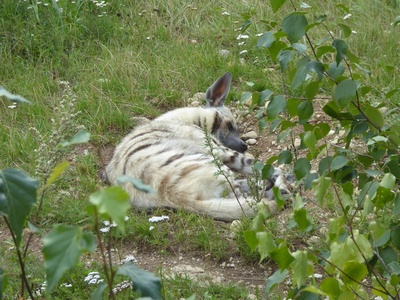
Striped Hyena
A primarily nocturnal scavenger with powerful jaws capable of crushing bone. It has a distinctive sloping back, a shaggy mane, and dark vertical stripes on its body.
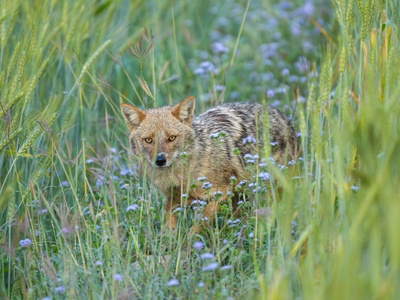
Golden Jackal
A highly adaptable canid that resembles a small wolf. It is an omnivorous and opportunistic feeder, scavenging and hunting small mammals, birds, and reptiles, often near human settlements.
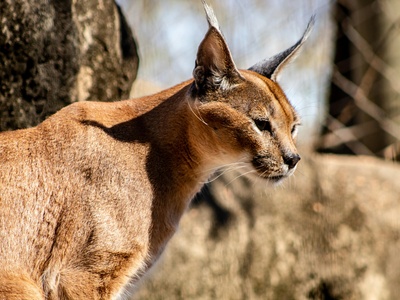
Caracal
A sleek, medium-sized wild cat with long, black-tufted ears. It is a formidable hunter, known for its incredible ability to leap into the air to catch birds in mid-flight.
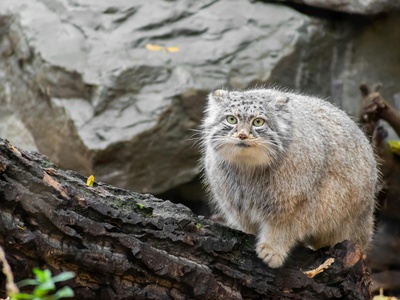
Pallas’s Cat
A small, stocky wild cat with a flattened face, low-set ears, and dense, long fur. This elusive feline is a specialist hunter of pikas and other small rodents in its harsh habitat.
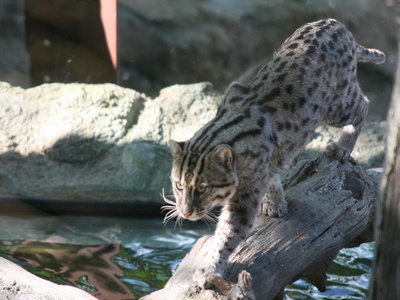
Fishing Cat
A medium-sized wild cat that is perfectly adapted to a semi-aquatic life. It has partially webbed paws and is a skilled swimmer, primarily hunting for fish in shallow waters.
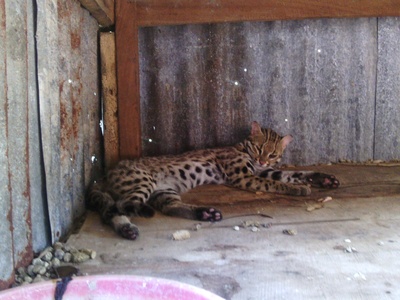
Leopard Cat
A small wild cat with leopard-like spots that is widespread across Asia. It is a nocturnal and solitary hunter, preying on small rodents, birds, reptiles, and insects.
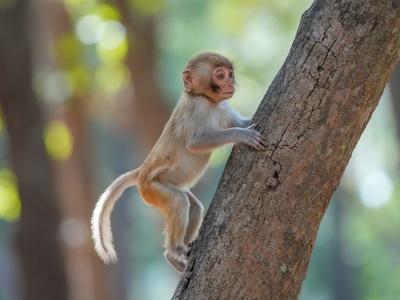
Rhesus Macaque
A highly intelligent and adaptable primate with a pinkish face and expressive brown eyes. They live in large, social troops and have a varied diet of fruits, seeds, and small animals.
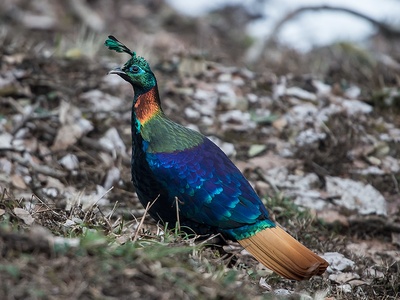
Himalayan Monal
A spectacular, multi-colored pheasant, with the male displaying an iridescent plumage of metallic green, purple, red, and blue. It uses its strong beak to dig for roots and tubers.
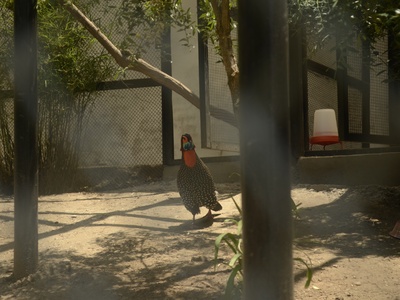
Western Tragopan
One of the rarest and most beautiful pheasants, the male has a stunning plumage of black, crimson, and white spots, along with a bright blue and red inflatable throat lappet used in courtship displays.
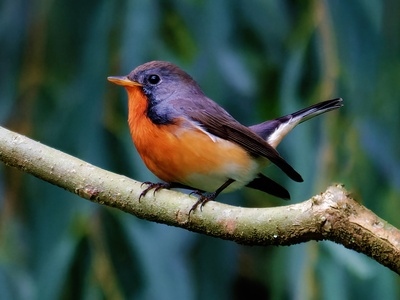
Kashmir Flycatcher
A small, migratory passerine bird. The male has a distinctive reddish-orange throat and breast. It is a rare summer visitor, breeding in a very restricted range that includes northern Pakistan.
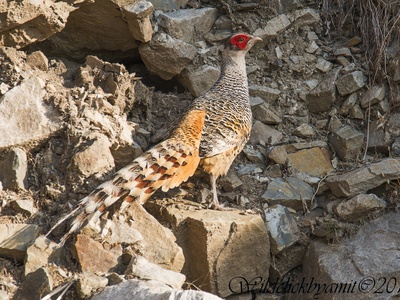
Cheer Pheasant
A large, long-tailed pheasant with a prominent crest and subtle gray-brown barring. It is known for its loud, ringing ‘cheer’ calls, especially during the early morning.
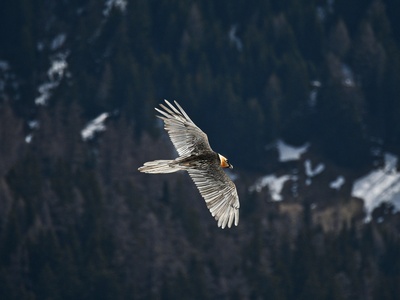
Bearded Vulture
A magnificent bird of prey, also known as the Lammergeier. It is unique among vultures for its diet, which consists almost exclusively of bone marrow, which it gets by dropping large bones onto rocks.
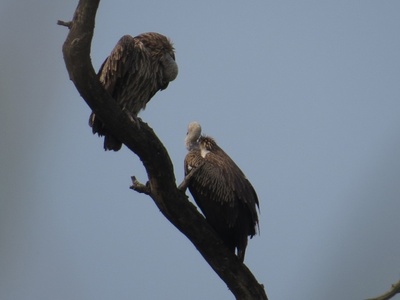
White-rumped Vulture
Once abundant, this large vulture has suffered a catastrophic population decline due to poisoning from livestock medication. It is a social bird that feeds on carrion in large groups.
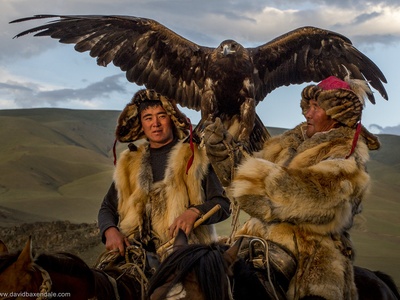
Golden Eagle
A powerful and majestic bird of prey with a broad wingspan and golden-brown plumage on its nape. It is a formidable hunter, preying on mammals, reptiles, and other birds.
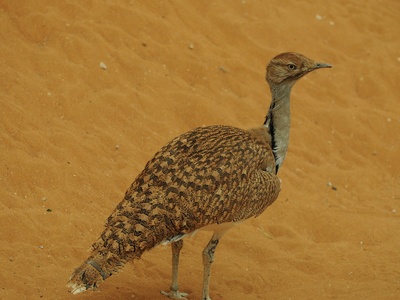
Houbara Bustard
A large, terrestrial bird that is well-camouflaged for its desert habitat. It is a prized game bird, and its populations are under threat from unsustainable hunting pressures.
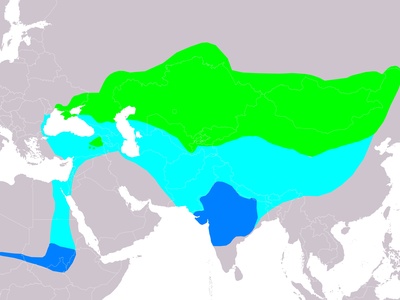
Demoiselle Crane
The smallest species of crane, known for its elegant appearance and graceful courtship dance. Huge flocks pass through Pakistan on their arduous migration over the Himalayas.
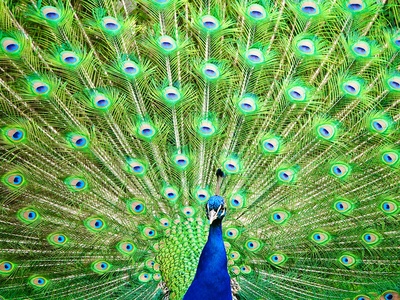
Indian Peafowl
The male, known as a peacock, is famous for its spectacular tail fan of iridescent blue, green, and gold feathers, used in elaborate courtship displays. It is a common sight in eastern Pakistan.
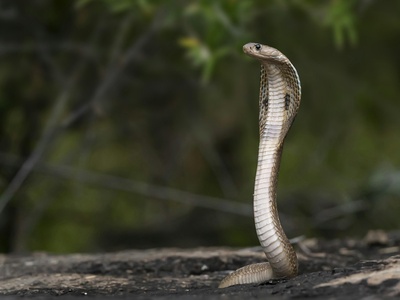
Indian Cobra
A highly venomous snake famous for the distinctive hood it flares when threatened. The back of the hood often has a pattern resembling spectacles. It preys on rodents, lizards, and frogs.
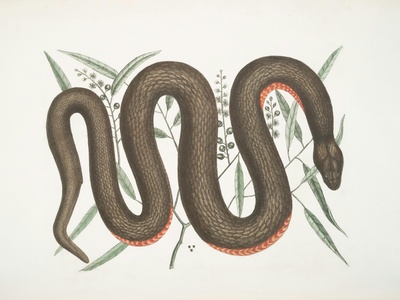
Russell’s Viper
A highly venomous viper responsible for many snakebite incidents. It is perfectly camouflaged with a pattern of dark brown ovals, and it delivers a powerful hemotoxic venom.
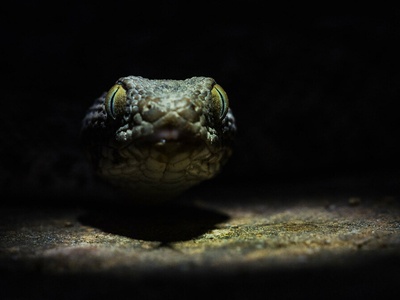
Saw-scaled Viper
A small but extremely venomous viper, known for the characteristic sizzling sound it makes by rubbing its serrated scales together as a warning. It is nocturnal and very aggressive.
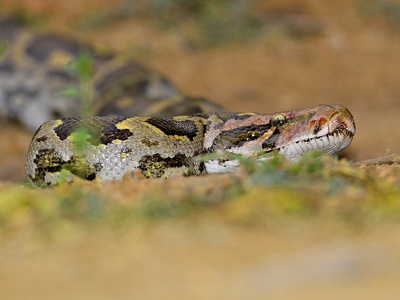
Indian Rock Python
A large, non-venomous constrictor that can grow over 4 meters long. It is a slow-moving, ambush predator, killing its prey, such as deer and wild boar, by suffocation.
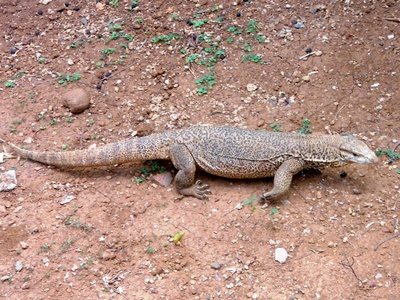
Bengal Monitor
A large lizard that can grow up to 175 cm in length. It is a powerful predator and scavenger with a varied diet, using its keen sense of smell to find food.
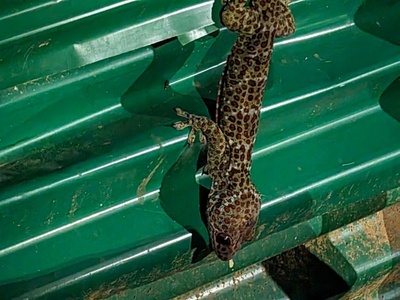
Leopard Gecko
A popular pet worldwide, this ground-dwelling, nocturnal gecko has movable eyelids and a distinctive spotted pattern. In the wild, it feeds on insects and other invertebrates.
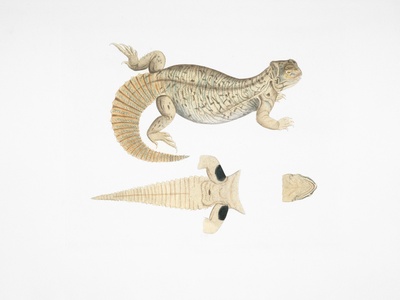
Indian Spiny-tailed Lizard
A stout, herbivorous lizard that lives in extensive burrows. It is named for the sharp, spiny scales on its powerful tail, which it uses as a defensive weapon against predators.

Green Sea Turtle
A large marine turtle that migrates long distances between feeding grounds and nesting beaches. Females return to the same beaches where they were born to lay their eggs.
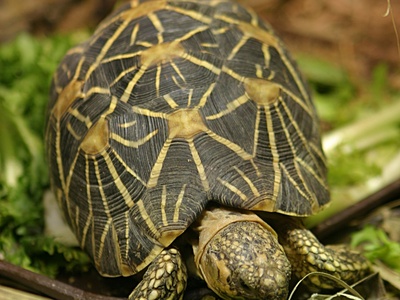
Indian Star Tortoise
A small to medium-sized tortoise named for the beautiful, star-like patterns on its high-domed shell. Its unique shell shape helps it to right itself if it gets overturned.
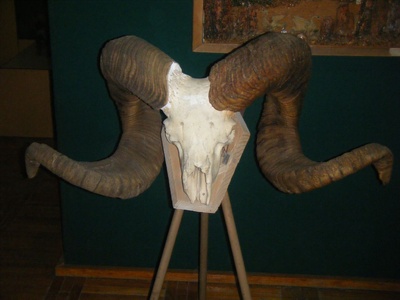
Marco Polo Sheep
A magnificent subspecies of argali, famous for its exceptionally long, spiraling horns, which can be over 140 cm long. It is adapted to the extreme cold and high altitudes of Central Asia.
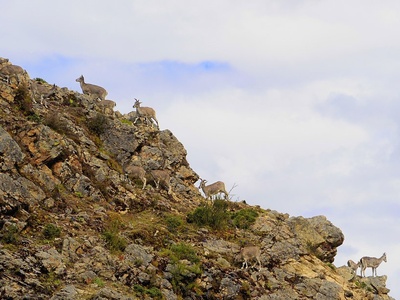
Blue Sheep
Also known as Bharal, this animal is neither a true sheep nor a true goat. Its slate-gray coat provides excellent camouflage against the rocky cliffs where it lives and forages.
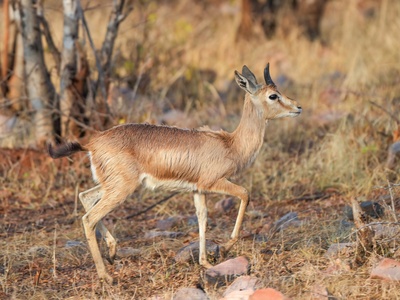
Chinkara
Also known as the Indian Gazelle, this small, graceful antelope is incredibly shy and can go for long periods without water, obtaining moisture from plants and dew.
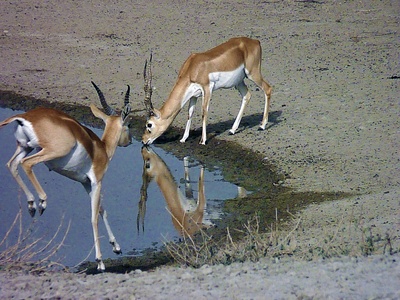
Blackbuck
A stunning antelope where mature males have a dark blackish-brown coat and long, spiraling horns. They are among the fastest land animals, capable of reaching speeds of over 80 km/h.
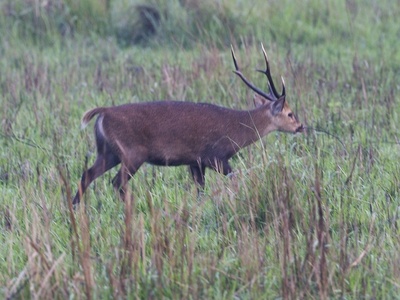
Hog Deer
A small, stocky deer named for its pig-like habit of running through the undergrowth with its head down. Its population has severely declined due to habitat loss and hunting.
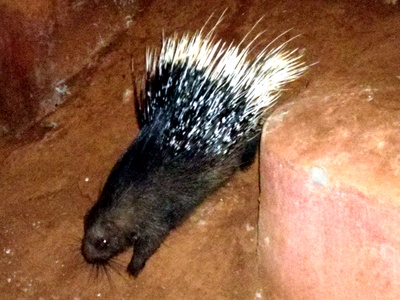
Indian Crested Porcupine
A large, nocturnal rodent covered in long, sharp quills, which are modified hairs. When threatened, it raises its quills and rattles them, charging backwards to impale a predator.
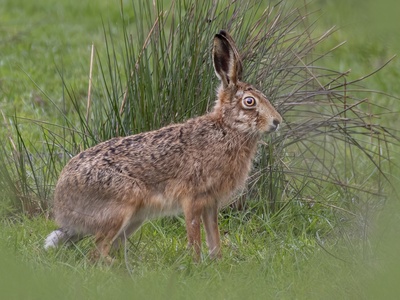
Cape Hare
A nocturnal herbivore with long ears and powerful hind legs, adapted for spotting predators and making quick escapes. It is a common sight in the arid and semi-arid regions of the country.
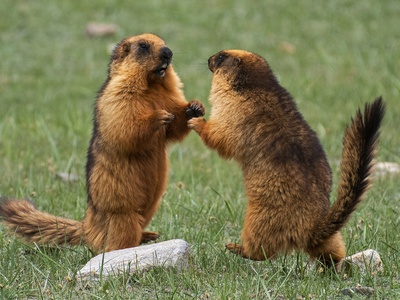
Long-tailed Marmot
A large ground squirrel that lives in social colonies and hibernates for up to seven months a year. They are known for their loud, whistling alarm calls.
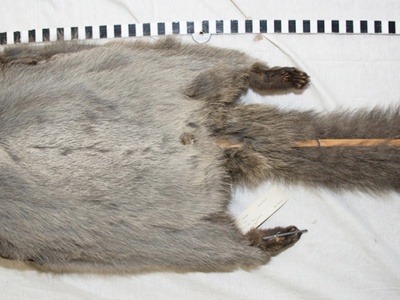
Woolly Flying Squirrel
One of the largest and rarest squirrels in the world. This nocturnal glider was thought to be extinct for decades before being rediscovered. It feeds on pine needles and buds.
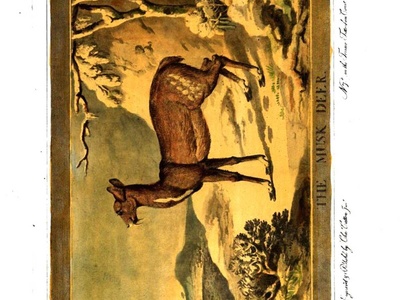
Musk Deer
A small, primitive deer that lacks antlers. Instead, males have long, tusk-like canine teeth and a musk gland, the product of which is highly valued in perfumes, leading to severe poaching.
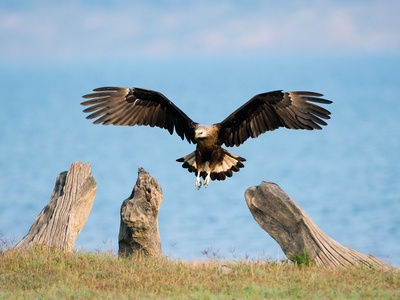
Pallas’s Fish Eagle
A large, powerful eagle with a distinctive pale head and a broad white band on its tail. It primarily feeds on large fish, which it snatches from the water’s surface with its sharp talons.
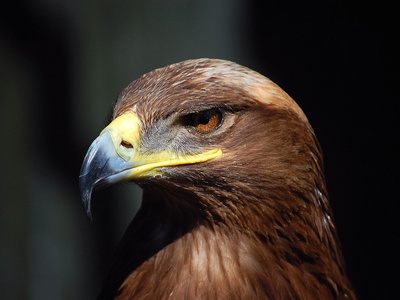
Steppe Eagle
A large, migratory bird of prey that breeds in Central Asia and winters in Pakistan. It is often seen scavenging at carcasses but also hunts for small mammals and birds.
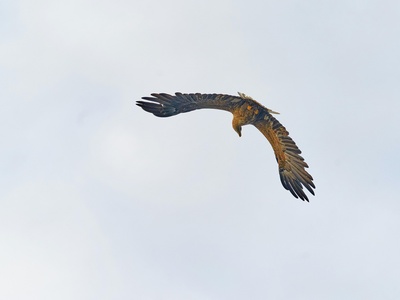
Indian Flying Fox
A large species of fruit bat with a wingspan of over a meter. They live in large, noisy colonies and play a vital role in pollination and seed dispersal.
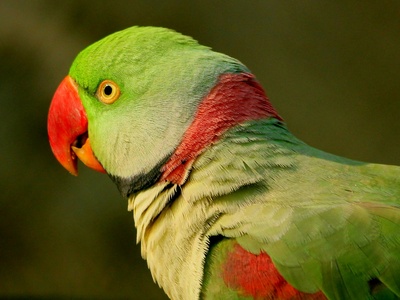
Alexandrine Parakeet
A large, intelligent parakeet with a bright green plumage, a long tail, and a distinctive red patch on its shoulder. It is a highly social bird, often seen in noisy flocks.
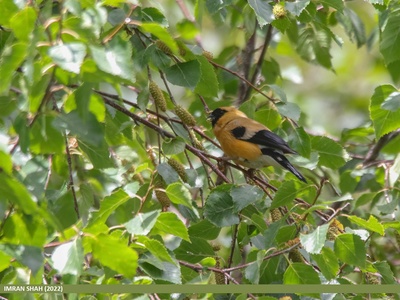
Orange Bullfinch
A small, striking finch where the male has a bright orange head, breast, and back. It is a resident of high-altitude forests, feeding on seeds, buds, and berries.
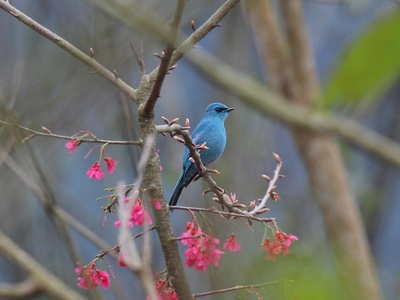
Verditer Flycatcher
A beautiful, small bird where the male is entirely a stunning turquoise-blue color. It is an insectivore, often seen sallying from a perch to catch insects in mid-air.
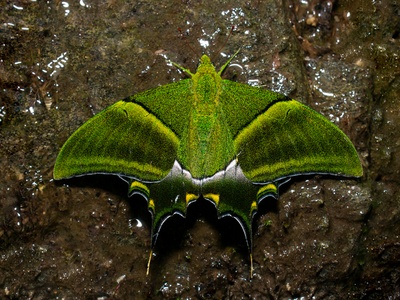
Kaiser-i-Hind
A rare and spectacular swallowtail butterfly, its name means “Emperor of India.” The male has iridescent green hindwings, making it a highly prized species among collectors.
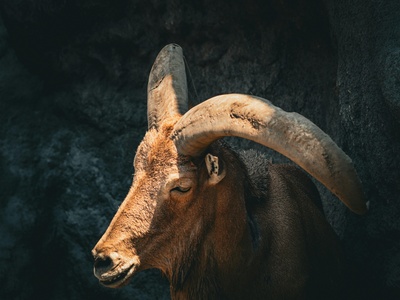
Sindh Ibex
A subspecies of wild goat found in the Kirthar and Hingol National Parks. It is slightly smaller than the Himalayan Ibex, with scimitar-shaped horns, and is well-adapted to the hot, dry climate.
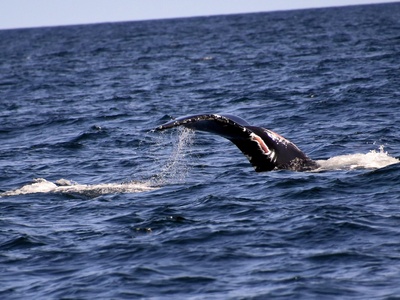
Arabian Sea Humpback Whale
A non-migratory and genetically distinct population of humpback whales. This isolated group is one of the most endangered whale populations in the world, facing threats from shipping and fishing.
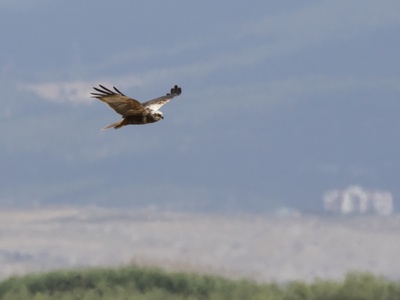
Marsh Harrier
A medium-sized bird of prey that glides low over marshes and fields while hunting. The male is pale gray, while the female is a rich chocolate brown with a creamy head.
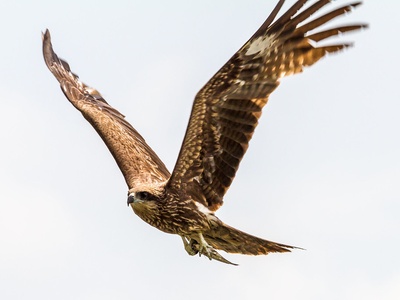
Black Kite
A highly adaptable and opportunistic raptor, often seen soaring in large numbers over cities. It is a scavenger and predator with a diet that includes almost anything it can find or catch.
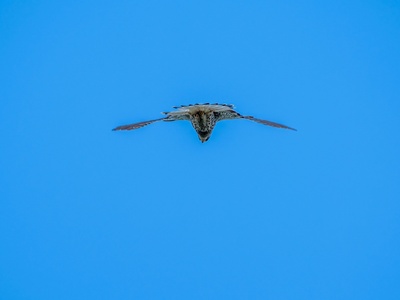
Common Kestrel
A small falcon known for its characteristic hunting method of hovering in mid-air before diving on its prey, which mainly consists of small mammals and insects.
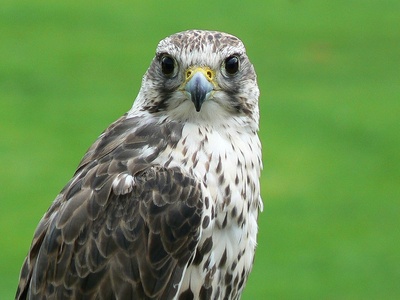
Saker Falcon
A large, powerful falcon prized in falconry. It is a formidable hunter, preying on medium-sized mammals and birds. Its populations are declining due to habitat loss and illegal trapping.
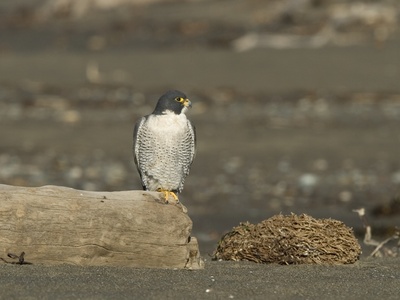
Peregrine Falcon
Renowned as the fastest animal in the world, capable of reaching speeds over 320 km/h during its hunting stoop. It preys almost exclusively on other birds, caught in mid-flight.
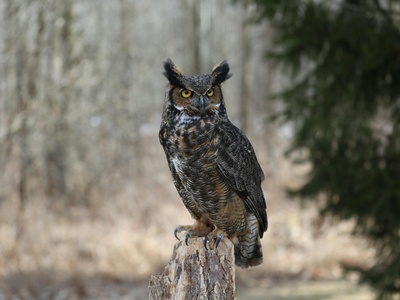
Great Horned Owl
A large and powerful owl, also known as the Indian Eagle-Owl. It has prominent ear tufts, large yellow eyes, and a deep, hooting call. It is a nocturnal predator of mammals and birds.
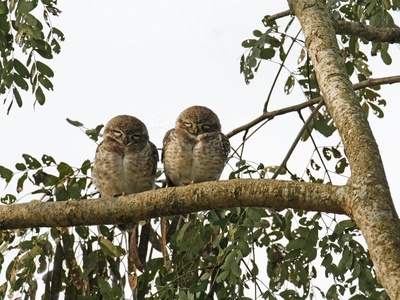
Spotted Owlet
A small, common owl that is often active at dawn and dusk. It lives in small family groups and has a distinctive, chattering call. It roosts in tree hollows or old buildings.
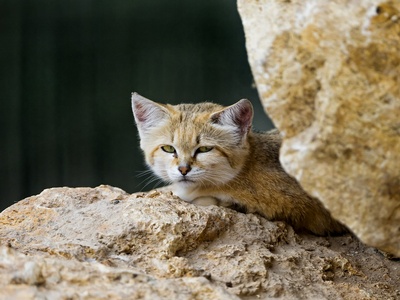
Sand Cat
A small, desert-specialist wild cat with broad, furred paws that protect it from hot sand. It is a nocturnal hunter of rodents, reptiles, and insects, and can survive without drinking water.
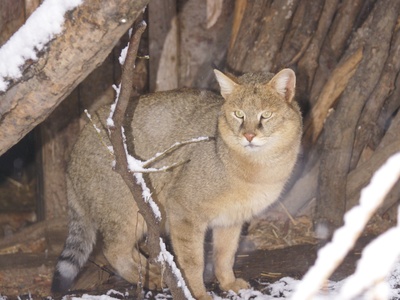
Jungle Cat
A long-legged cat with a sandy-gray coat and small ear tufts. Despite its name, it prefers open habitats over dense jungle and is a proficient hunter of rodents, birds, and fish.
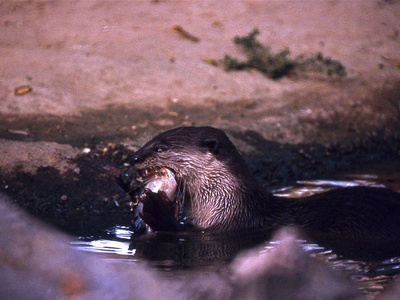
Smooth-coated Otter
A highly social species of otter that lives in family groups. It is an expert swimmer and fisher, recognizable by its smooth, sleek coat and flattened tail.
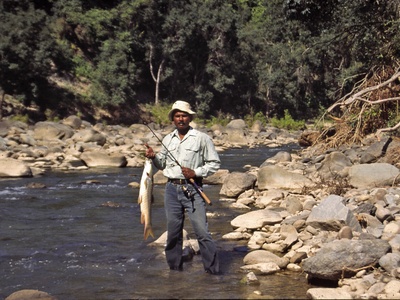
Golden Mahseer
A large, powerful freshwater fish, often called the ‘tiger of the water’ for its fighting ability. It is a prized sport fish, threatened by dam construction and overfishing.
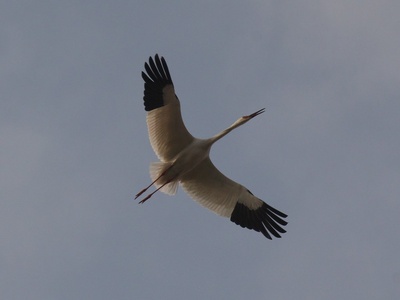
Siberian Crane
A large, snow-white crane with black primary feathers. Though it no longer winters in Pakistan, its historical presence highlights the importance of the region’s wetlands for migratory birds.
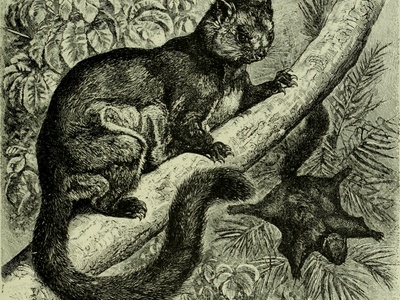
Indian Flying Squirrel
A large, nocturnal gliding squirrel. Using a membrane of skin between its limbs, it can glide for long distances between trees to forage for fruits, nuts, and leaves.
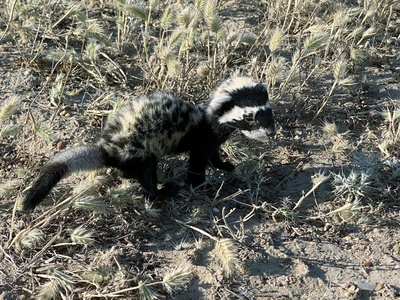
Marbled Polecat
A small, striking carnivore with a marbled pattern of dark brown and yellowish patches on its back. It is a solitary, nocturnal hunter that preys on rodents and other small animals.
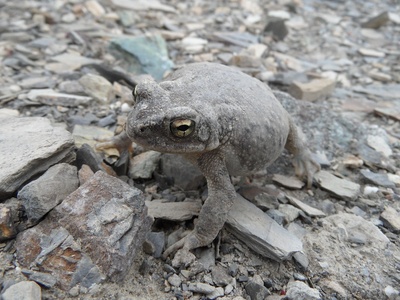
Indus Valley Toad
A common and widespread toad in Pakistan. It is a nocturnal insectivore that plays a crucial role in controlling agricultural pests. It breeds in temporary pools during the monsoon season.
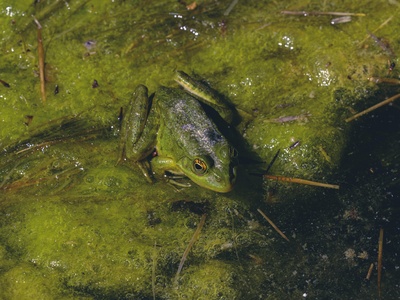
Skardu Frog
A medium-sized frog endemic to the high-altitude regions of northern Pakistan and Kashmir. It is adapted to cold, fast-flowing mountain streams where it breeds and forages.
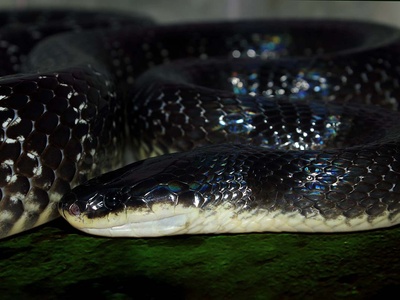
Sind Krait
A highly venomous nocturnal snake. It has a glossy black body with narrow white crossbands. Its venom is a potent neurotoxin, making it one of the most dangerous snakes in the region.
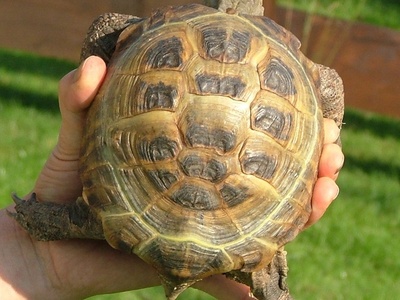
Afghan Tortoise
Also known as the Russian Tortoise, this small species is a popular pet. It is an active burrower, digging extensive tunnels to escape the heat of the day and to hibernate.
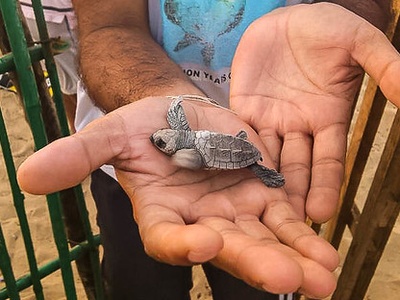
Olive Ridley Sea Turtle
The smallest and most abundant sea turtle. Known for its unique synchronized mass nesting behavior called ‘arribada,’ though this is rare on Pakistani beaches.
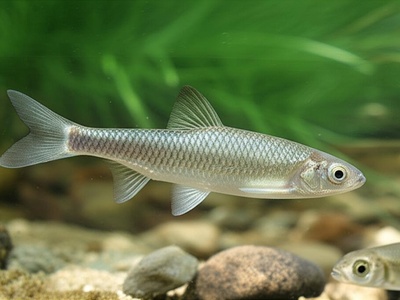
Indus Baril
A small, silvery fish native to the freshwater systems of Pakistan. It is an important part of the riverine food web, feeding on insects and serving as prey for larger fish and birds.
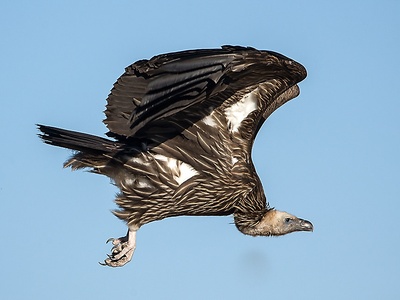
Himalayan Vulture
One of the largest vultures and birds in Asia, it soars on thermal updrafts over the high Himalayas. It is a scavenger that feeds on the carcasses of large mammals like yaks.
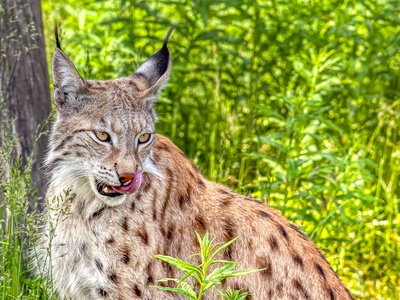
Eurasian Lynx
A medium-sized wild cat with long ear tufts, a short tail, and large, padded paws that act like snowshoes. It is a secretive and solitary hunter of deer, goats, and smaller mammals.
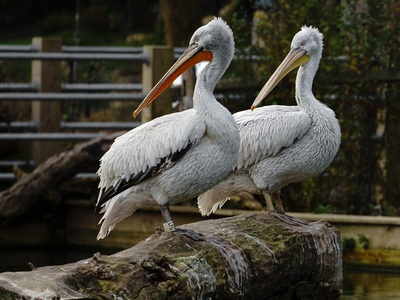
Dalmatian Pelican
The largest species of pelican, with shaggy, silvery-white plumage and a bright orange pouch. It is a powerful flier and a social bird, fishing cooperatively in groups.
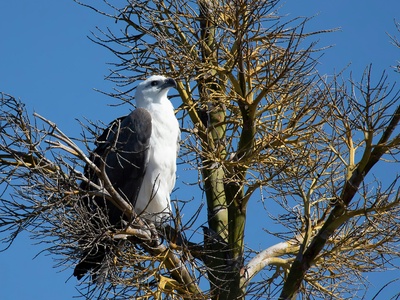
White-bellied Sea Eagle
A large bird of prey with a white head, belly, and tail, and contrasting dark gray wings. It is a skilled hunter, snatching fish from the water’s surface in a dramatic fashion.
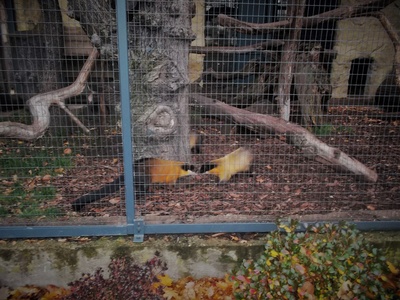
Yellow-throated Marten
A large, colorful marten with a bright yellow throat and chest. It is a bold and powerful predator that hunts both on the ground and in trees, preying on a wide variety of animals.
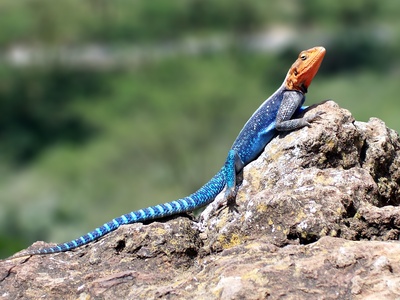
Rock Agama
A large, robust lizard where males display vibrant blue and orange coloration during the breeding season. They are often seen basking on rocks in hot, dry regions.
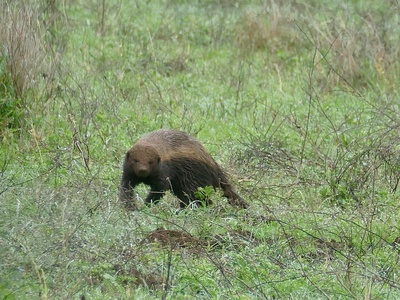
Honey Badger
Renowned for its fearlessness and ferocity, this powerful carnivore has a thick, loose skin that protects it from stings and bites. It has a broad diet, including honey, rodents, and snakes.

